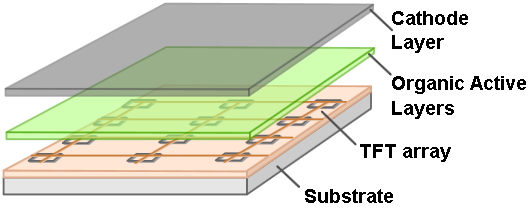Team:Washington/Optogenetics
From 2012.igem.org
(Difference between revisions)
| Line 14: | Line 14: | ||
</div> | </div> | ||
</td></tr></table> | </td></tr></table> | ||
| + | |||
| + | [[File:AMOLED diagram.png]] | ||
| + | [[File:App+Plate-in-action.jpeg]] | ||
<h1 id='Methods'>Methods<html><a href="#Background"><font size="3">[Top]</font></a></html></h1> | <h1 id='Methods'>Methods<html><a href="#Background"><font size="3">[Top]</font></a></html></h1> | ||
 "
"





